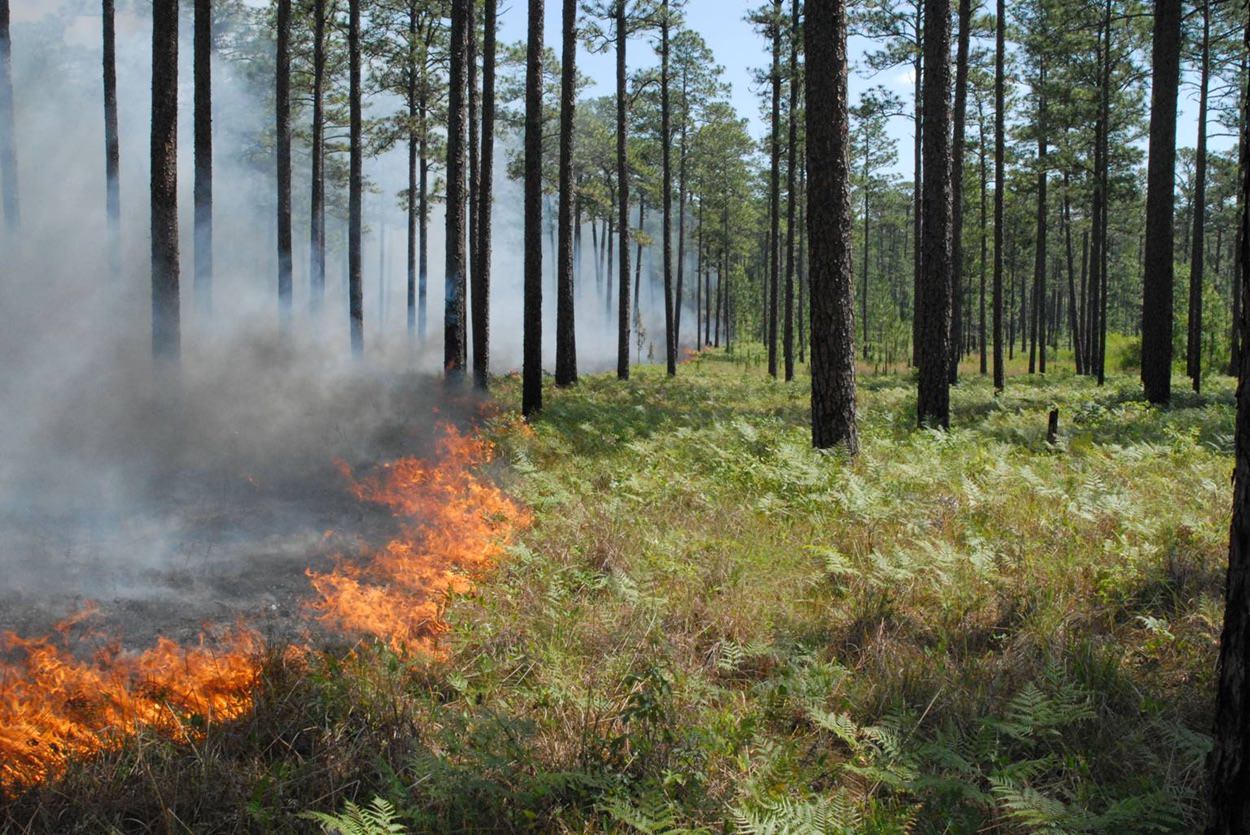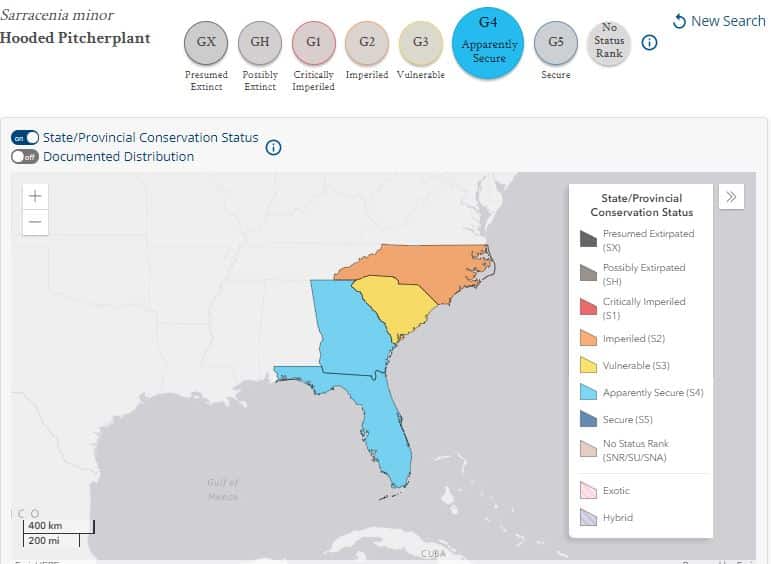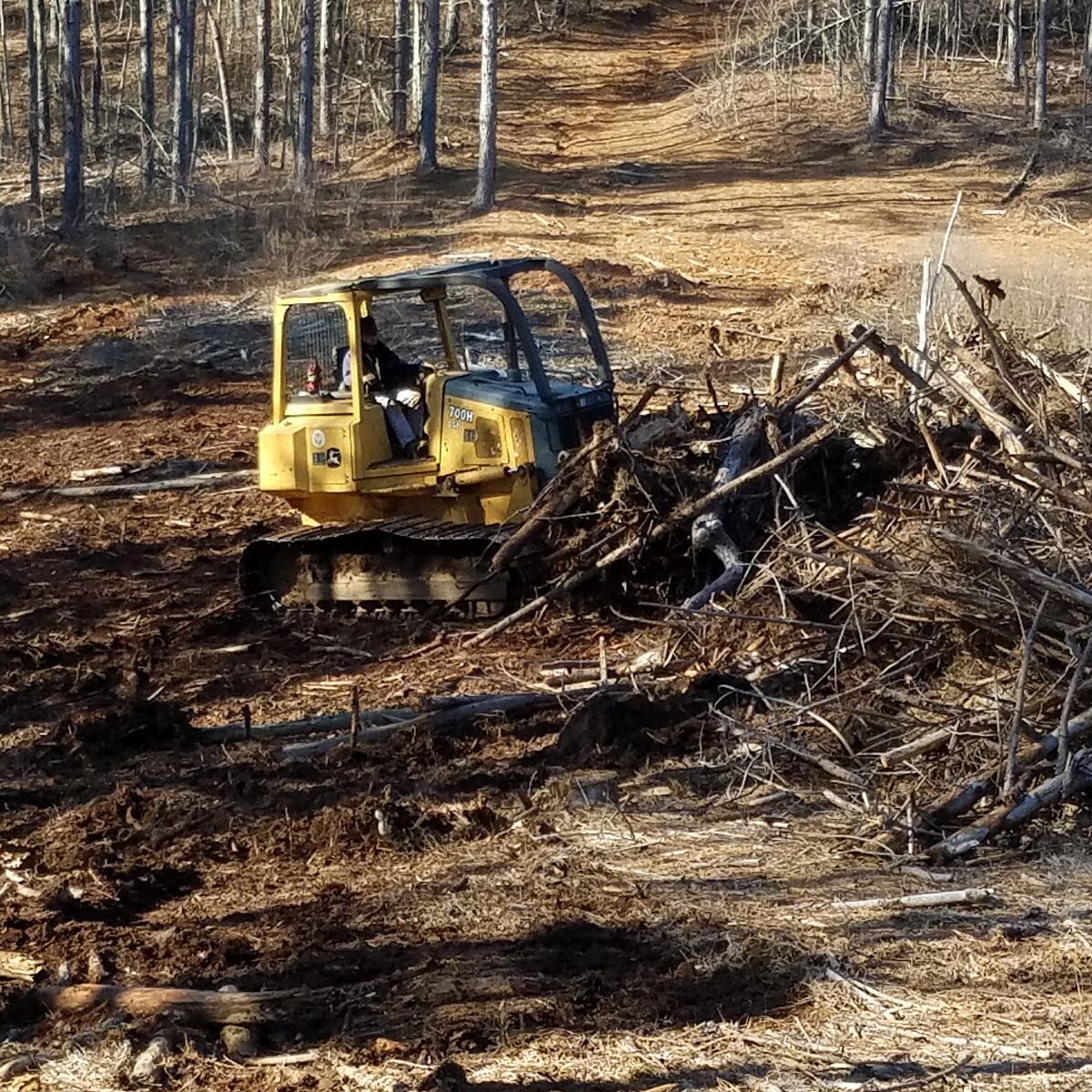Hooded Pitcher Plant
Sarracenia minor
Status: Secure
The Hooded Pitcher Plant, like most other pitcher plants, is considered perennial and carnivorous. They are commonly found in the southeastern coastal regions of the United States. The hooded pitcher plant has a green and pink overall color with long leaves, called “tubes,” with tiny light spots on the back of them. These plants are carnivores because they eat insects and bugs that get trapped inside their tubes.


Habitat & Range
The hooded pitcher plant is found in the southeastern coastal areas in states such as North Carolina, South Carolina, Georgia, and Florida. They live in wet areas like swamps and bogs and can thrive in poor soil conditions.
Food Web & Energy Flow
Like most plants, the Hooded Pitcher Plant gets much of its energy from the sun through photosynthesis, which makes it a producer in the trophic pyramid. As with most carnivorous plants, the hooded pitcher plant lives in areas that lack the necessary soil nutrients, such as nitrogen, they need to grow and thrive. The plant has adapted ways to get those missing nutrients by eating the insects that fall into their tubes. As a carnivorous plant they are also a secondary consumer.
To attract and trap its prey, the pitcher plants produce a sweet nectar at the opening of their long funnel-shaped flowers. Insects are attracted to this nectar and then fall down into the flower. The inside walls of the tubes are lined with little spiky hairs that prevent the insects from climbing out. Also, at the bottom of the tube there is a liquid that causes the wings of the insects to get soaked and not work well. The trapped insects in the pitcher soon die and are digested by enzymes secreted into the pitcher fluid by the plant.
Relationship to Fire
The hooded pitcher plant grows best in areas with wet soil and full sunlight. These plants are able to still grow when a little shade is present but they prefer full sunlight. They are dependent on frequent fires to keep woody shrubs from growing up and soaking up all the water and shading out the plants.

Conservation Status
This species of pitcher plant is considered Secure and is not currently under any major threats. Some states have different levels of pressure due to habitat destruction and fire suppression but they are still minor threats.

Human Impacts/ Threats

Land Use Conversion
Longleaf forests and the habitat it supports is being cleared or converted to use the land for other uses like houses, roads, agriculture, and even to grow different types of trees to sell.

Fire Suppression
Many people think of fires in the forest as bad, so they work hard to prevent or suppress them. But longleaf forests NEED regular fire to support habitat for the species that live there!
Resources
University of Central University. Hooded Pitcher Plant
North Carolina Extension Gardner. Plant toolbox
